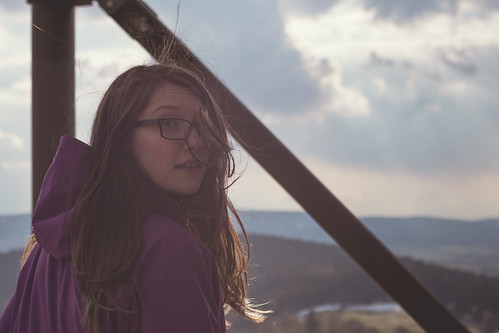I’m not into the royal family. So why am I so obsessed with what’s happened to Kate?
Kate #Kate

Despite being British, I never really got the hype around the royal family. Sure, there’s tradition to consider, history and culture to uphold, but the relevancy wasn’t there for me. They just weren’t a part of culture that I was that interested in.
That was until the Kate conspiracies hit.
For the uninitiated, let me catch you up. On Jan. 17, Kensington Palace announced that Catherine, Princess of Wales, had undergone “planned abdominal surgery” in London. Kate wasn’t seen publicly until earlier this month, when she was blurrily photographed riding in a car with her mother. Then there was the now infamous Photoshopped photo of Kate and her children on March 10 (Mother’s Day in the United Kingdom), which quickly caught the eyes of amateur sleuths who spotted problems with the image.
Both the Associated Press and Reuters issued a kill order for the photo over manipulation issues. The former Kate Middleton released a quick apology on social media. “Like many amateur photographers, I do occasionally experiment with editing,” the statement read. “I wanted to express my apologies for any confusion the family photograph we shared yesterday caused.”
All of this was catnip for conspiracy theorists. Where was she? What’s happened? Why is the palace sending out manipulated photos that the top news agencies are refusing to share?
Whatever the answers may be, another question remains: Why are we becoming obsessed over people we ordinarily don’t care that much about? I quickly realized it wasn’t just me — a quick scan on social media shows that plenty of us, including many who typically don’t pay attention to the royal family, are completely engrossed by the Kate Middleton saga.
“I’ve never been this invested in Kate Middleton ever in my life,” journalist Meehika Barua wrote. “There’s a rule in PR I’ve heard of, that if you want attention for someone/something you’ll get the fastest results if you create mystery around them to get more eyeballs. This is such a perfect example of just that.”
When I saw this post, it clicked. Did I care about Coleen Rooney and Rebekah Vardy? No, but the group chat and I definitely did a deep dive when the Wagatha Christie story was making headlines. Same with Sophie Turner and Joe Jonas’ breakup. I wasn’t particularly interested in either of them before the split started taking off, but as soon as the drama started, I, like many others, became invested.
The bigger the mystery, the more we want to find out what’s going on. We’re in an age when information is at our fingertips and we can find out answers instantly. Having a good, old-fashioned mystery galvanizes us into sharing theories, building conspiracies and comparing our findings with our friends and strangers on the internet. That’s exactly what happened here: Many people, including actual photographers, took to social media to dissect the Mother’s Day image. And there’s also no quicker way to raise a red flag than trying to pull the wool over someone’s eyes.
“I wasn’t in on this whole conspiracy about Kate Middleton missing and the royals covering it up until they dropped this obviously fake photo today to appease public concern,” one person wrote on X, formerly known as Twitter, pointing out issues he saw with the photo.
For an institution with that much power, resources and reliance on image, the photo was a huge alarm bell for many of us.
“For a woman who has regular news stories about her movements, the complete evaporation of her existence has left a hole that social media has enjoyed filling,” Christine Ross, host of the Royally Us podcast, tells TODAY.com. “In the age of true crime and internet sleuths, people can’t help but try to solve the mystery.”
It’s important to remember that this is a woman who had to stand on the steps of a hospital mere hours after giving birth. She has been a newspaper staple for over a decade. Unlike other celebrities, the royal family is an institution that relies on visibility — local appearances and PR events — to stay relevant. Having pretty much all the major royals out of commission and not showing their faces is a huge deal.
Marketing expert Katya Varbanova points out that the way that social media prioritizes trends isn’t helping the obsession we’re all feeling.
“From a social media pop culture perspective, mysteries spread further than resolved stories,” Varbanova tells TODAY.com. “When the photo was killed and labeled ‘manipulated,’ this opened Pandora’s box for the internet to speculate, leading regular people to make videos about the situation, and with the TikTok algorithm prioritizing trends, it was inevitable it would spread throughout social media.”
I can attest that my X algorithm has well and truly been taken over by the Kate conspiracies and memes. This method of consuming media feeds into our obsession, hand-delivering fresh theories and information that makes it hard to pull away or ignore.
While my interest in the royal family on the whole remains low to nonexistent, this conspiracy has me hooked. The theories are all over the place — some jokey, about bad haircuts and cosmetic surgery, to darker rumors around the state of Kate and Will’s marriage.
As any true crime or mystery aficionado knows, the bigger the cover-up, the deeper the issue. So, is this a lesson in how not to do PR from the palace, or is it indicative of a larger issue for the royal family? Only time will tell, but we’ll all be waiting with bated breath for the answer.